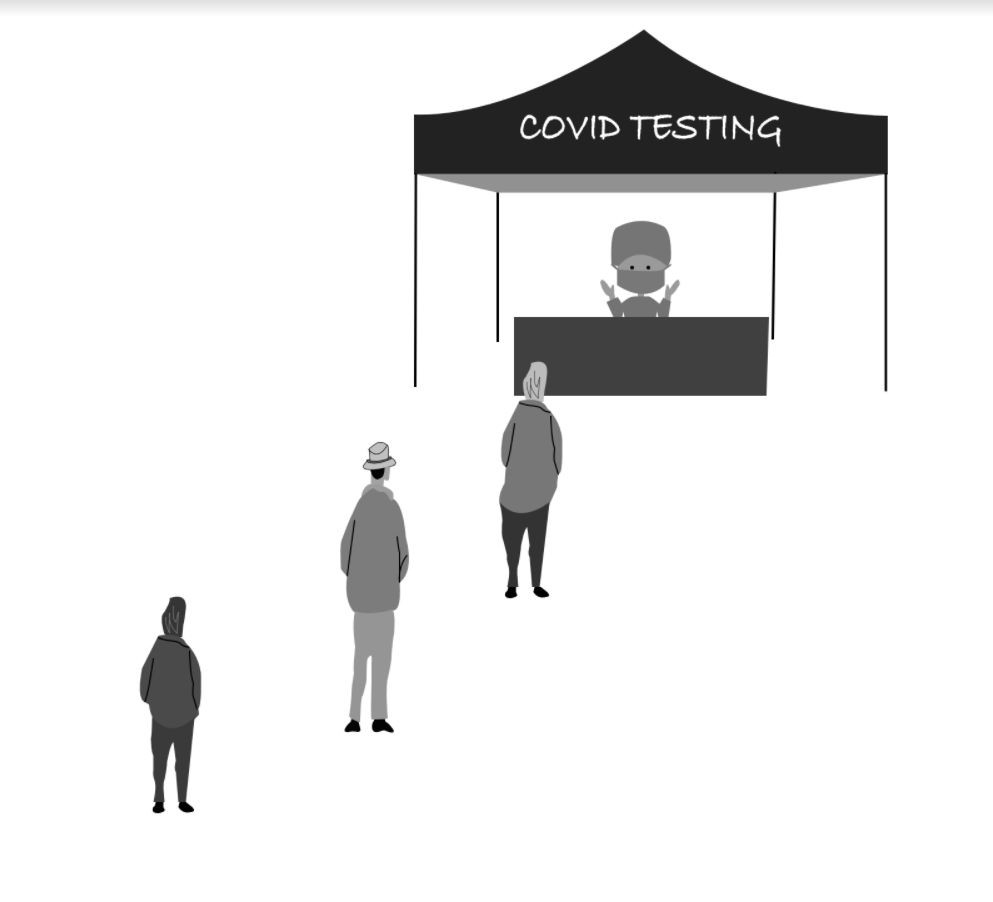As schools in the area gain authorization to reopen in person, it is inevitable the district will gradually do the same at both Saratoga and Los Gatos High. But with colleges across the nation reporting disastrous results, such as the 687 positive cases out of just over 6,000 students at the State University of New York (SUNY) Oneonta, and national daily rates approaching 100,000, district leaders should proceed with extreme caution.
The district currently has a four-phase reopening plan. We are currently in Phase 2, with a few students and teachers on campus for support and social emotional learning activities. Phase 3 invites all students for a blended model; the district anticipates that it might begin as early as January.
However, we should not expect smooth movement from phase to phase until late 2021, says an Imperial College London study. Therefore, students should only come to school when absolutely needed; teachers should coordinate test and lab dates to minimize contact. Everyone must be vaccinated when a vaccine becomes available, tested for COVID-19 and self-quarantined prior to coming on campus, including those on sports teams, clubs and the Phase 2 students and staff.
After all, there aren’t many benefits of rushing the shift back to in-person learning. Saratoga and Los Gatos are effectively teaching students online and the district has supplied students with Chromebooks. Meanwhile, the tech team is there to help with wifi and other issues.
Here’s the other reality of in-person instruction right now: Despite being able to see each other, students would be unable to socialize during breaks due to 6-foot social distancing anyway. The small-group activities that have worked fairly well online in keeping students engaged will no longer be viable with students shouting at each other from across the room. Students wouldn’t be able to safely meet with guidance or CASSY counselors in their cozy offices. Worst of all, according to district surveys, 32 percent of students and 56 percent of faculty say they are uncomfortable coming back on campus in small cohorts.
In an environment where some students don’t know how to properly wear masks or post photos of themselves blatantly ignoring guidelines at get-togethers on social media, trusting everyone to do their part is fruitless. The school leaders must make sure students are vaccinated, frequently tested and self-quarantined prior to coming on campus before coming back on campus.
The district’s plans to reopen should follow Cornell University’s model, which consistently has weekly COVID-19-positive rates at or below just 0.02 percent despite operating at 100 percent capacity. At the beginning of the school year, Cornell students were forced to abide by a behavioral compact, which requires all students, not just those with symptoms, to self-quarantine for two weeks prior to coming on campus, be tested twice a week and perform a daily check in addition to mandating social distancing and mask-wearing. The university has also adjusted HVAC systems to use fresh outdoor air to increase ventilation.
Testing for only those who are already displaying symptoms or have likely been exposed to others with the virus isn’t effective, as seen at the University of Wisconsin-Madison, which, by the fifth day of classes, already had 46 separate outbreaks with over 20 percent of dorm residents testing positive. The safest way is to test every person who goes onto campus, whether or not they show signs of infection.
Furthermore, students are not constantly supervised by school staff; it is not uncommon to go in and out of Saratoga to nearby cities, quite different from Ithaca’s remote location. “Pooling” — conducting a single test on a combined pool of respiratory samples from several people, then testing individuals if the test result is positive — can be used to test students and faculty efficiently. People who are uncomfortable with this can go to laboratories to be tested independently.
Many people fear that districts across the state will open too quickly. It’s time to listen to scientists, look at the successes and failures of colleges and universities and not just blindly follow the county’s minimalistic instructions. Without vaccines and regular COVID-19 testing, schools should not be reopened for widespread in-person learning.
























